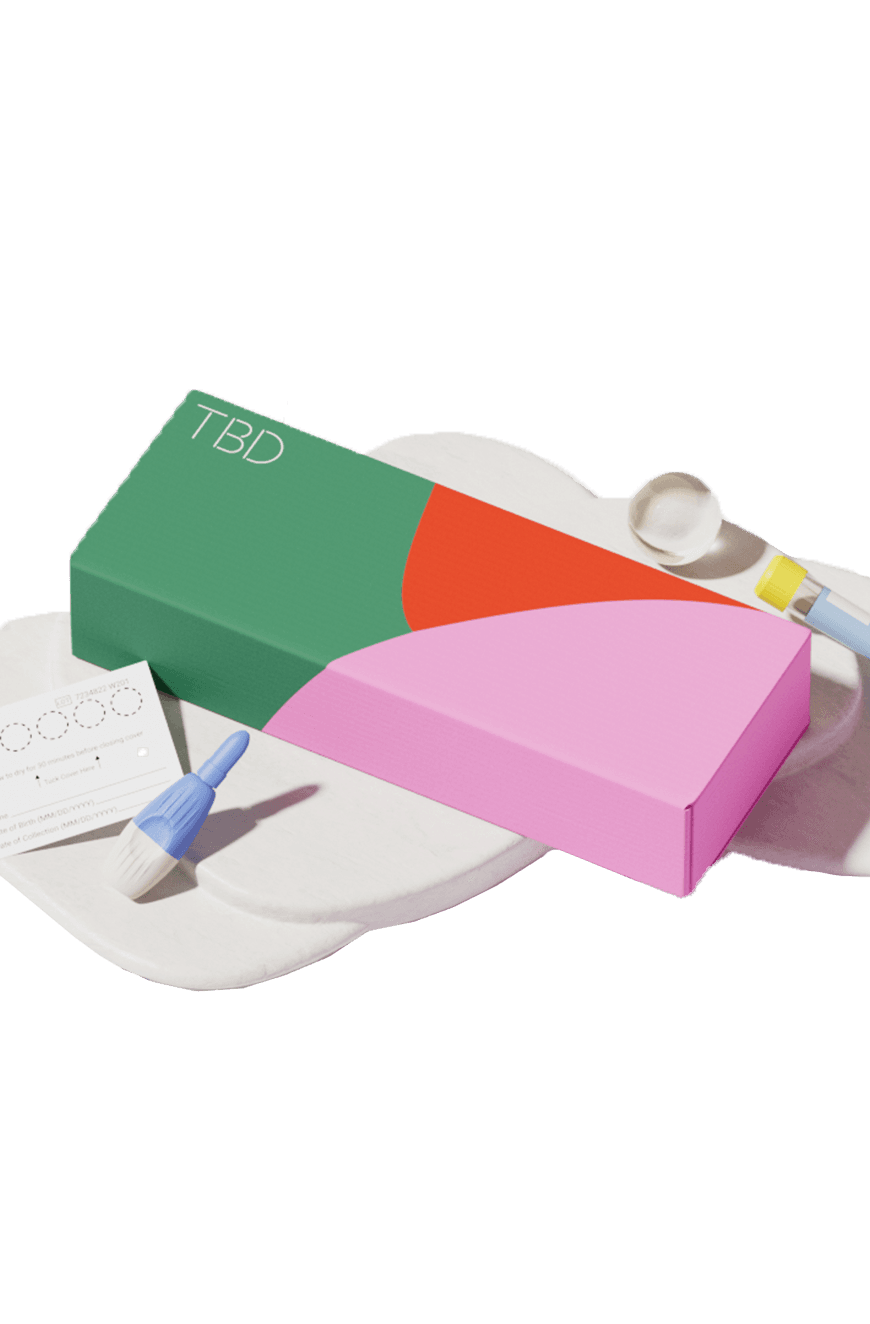| TBD Panels | 3-Panel STD Test | 9-Panel STD Test | 5-Panel STD Test | 3 Site: Oral, Rectal, Genital |
|---|---|---|---|---|
| Chlamydia |  |  |  |  |
| Gonorrhea |  |  |  |  |
| Trichomoniasis |  |  |  | |
| HIV (Ag/Ab) |  |  | ||
| Syphilis |  |  | ||
| Hepatitis B & C |  | |||
| HSV I |  | |||
| HSV II |  |

- 8 E Charleston Blvd
- Las Vegas, NV 89104
- Tues and Fri
- 10 AM – 2PM
- Contact us:
- +1 (702) 909-0554
- hello@tbd.health

| TBD Panels | 3-Panel STD Test | 9-Panel STD Test | 5-Panel STD Test | 3 Site: Oral, Rectal, Genital |
|---|---|---|---|---|
| Chlamydia |  |  |  |  |
| Gonorrhea |  |  |  |  |
| Trichomoniasis |  |  |  | |
| HIV (Ag/Ab) |  |  | ||
| Syphilis |  |  | ||
| Hepatitis B & C |  | |||
| HSV I |  | |||
| HSV II |  |

Bacterial vaginosis (BV) is a common vaginal infection that occurs when there is an imbalance in the bacteria naturally present in the vagina. While it may not always cause symptoms, BV can lead to discomfort, unpleasant odor, and an increased risk of other infections. Thankfully, there are steps you can take to prevent bacterial vaginosis and maintain a healthy vaginal environment. Let's review common types of BV, its symptoms, effective prevention strategies, and the importance of early detection and treatment.
Types and Symptoms of Bacterial Vaginosis:
BV can be categorized into two types: symptomatic and asymptomatic. Symptomatic BV is characterized by noticeable signs such as a fishy odor, grayish-white vaginal discharge, and itching or irritation in the vaginal area. On the other hand, asymptomatic BV does not show any visible symptoms, making it difficult for individuals to identify the infection without medical testing.
TBD Recommends: At-Home Bacterial Vaginosis Testing Kit
Prevention Strategies for Bacterial Vaginosis:
While the exact cause of BV is still not fully understood, several preventive measures can help reduce the risk of developing this infection. Here are some effective strategies to consider:
Practice good hygiene: Maintain proper hygiene by washing the vulva area (not inside the vagina!) with mild, unscented soap and warm water. Avoid using scented products, douches, and harsh cleansers that can disrupt the natural pH balance of the vagina.
Limit vaginal irritants: Avoid using strong perfumes, powders, or sprays in the genital area. These products can irritate the delicate tissues, making them more susceptible to infections.
Use protection during sexual activity: Consistently and correctly using barrier methods of contraception, such as condoms, can help reduce the risk of BV. This is because certain sexual practices can increase the chances of developing an imbalance in vaginal bacteria.
Choose breathable underwear: Opt for cotton underwear and avoid tight-fitting clothing to allow proper airflow and minimize moisture build-up, which can create an environment conducive to bacterial growth.
Maintain a healthy lifestyle: A well-balanced diet, regular exercise, and adequate sleep can contribute to overall health, including the vaginal microbiome. A strong immune system can help prevent bacterial infections, including BV.
The Significance of Testing and Early Detection:
Testing for BV is essential, especially for those who do not exhibit any symptoms. Early detection can help identify the infection and allow for timely treatment, preventing the development of more serious complications. If you suspect you have BV or want to be proactive about your vaginal health, considering getting tested at TBD Healthcare Clinic can provide you with accurate results and guidance.
Learn More: Tell Me About Bacterial Vaginosis
Preventing bacterial vaginosis requires a combination of good hygiene practices, healthy lifestyle choices, and awareness of potential risk factors. By following these preventive strategies, you can decrease the likelihood of developing BV and maintain a healthy vaginal environment!
Email us and a team member will get back to you within 24 hours. We’re also available via call or text at +1 (702) 909-0554
Sign up below to get 10% off
By providing my email address, I agree to receive email with marketing communications from TBD Health including news, promotions and exclusive offers. I understand that I can opt out at any time by using unsubscribe links. Visit our Terms of Service or Privacy Policy for more information.






